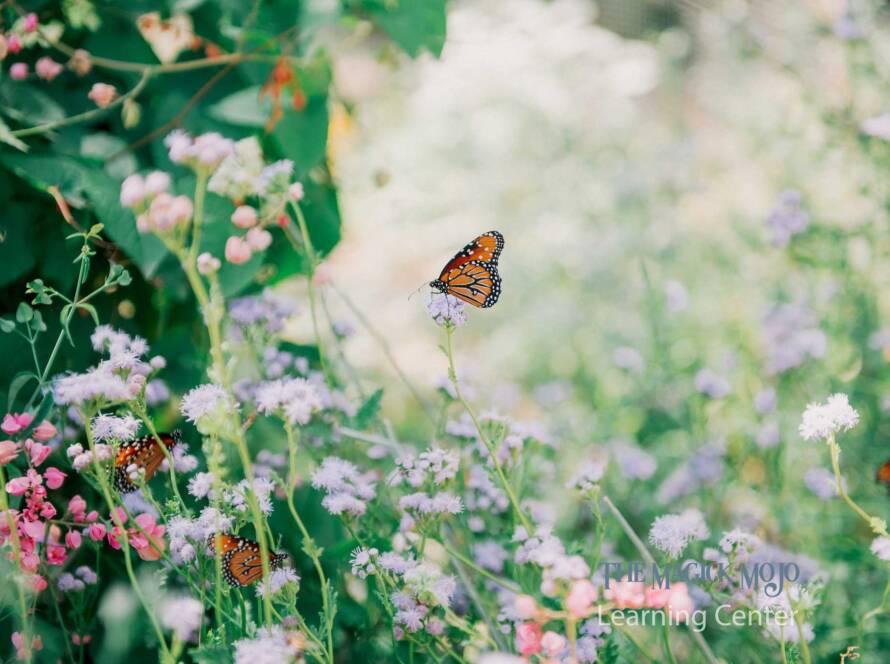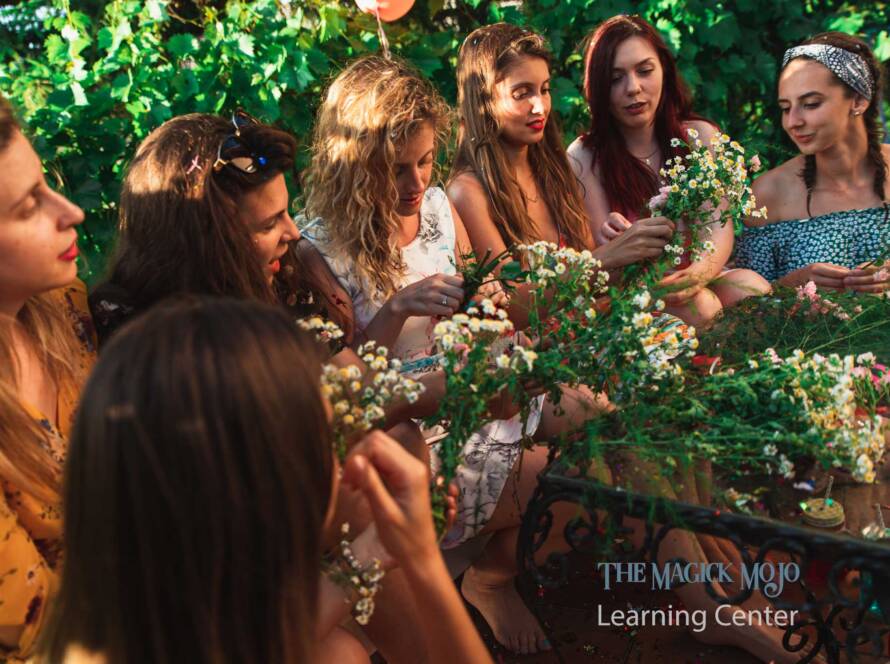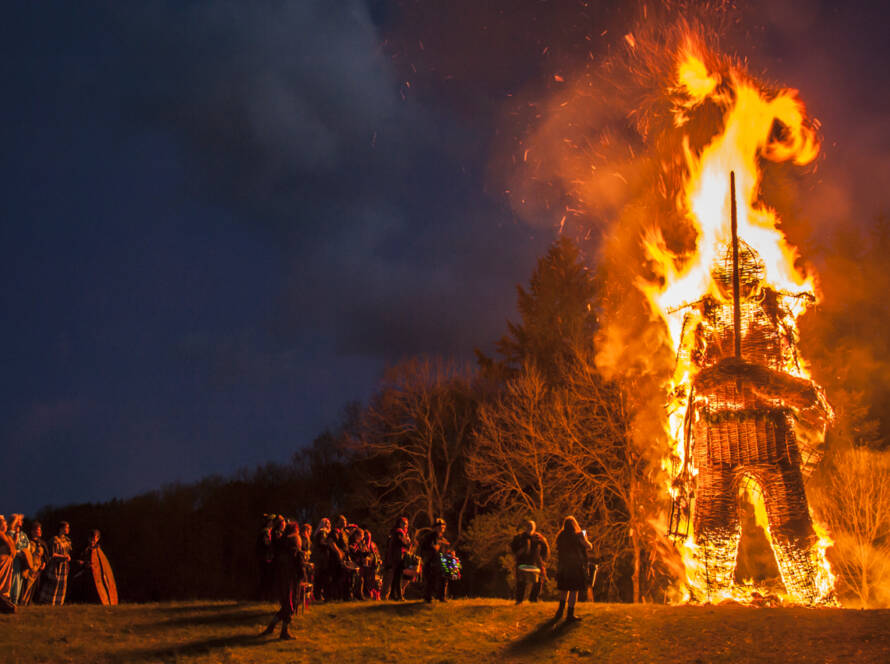Beltane is an ancient Celtic festival celebrated on May 1st, marking the beginning of the warmer months and the time when the Earth is in full bloom. Traditionally, it is a celebration of fertility, love, and the union of the god and goddess, symbolizing the balance and harmony between masculine and feminine energies. The festival is also closely linked to the Gaelic festival of Bealtaine and has been observed in various forms across different cultures and traditions, including the British Isles, Ireland, and parts of Europe.
- Table of Contents
- Embracing Beltane: An Introduction
- Unearthing Beltane: Historical and Cultural Roots
- Dance of Love and Fertility: Celebrating Beltane Traditions
- The Fiery Warmth of Spring: Welcoming the Season with Beltane
- Contemporary Connections: Modern Ways to Celebrate Beltane
- Reflecting on Beltane: A Journey of Growth and Renewal
- Further Explorations: A Guide to Beltane Resources
Embracing Beltane: An Introduction
The importance of Beltane in various cultures and traditions lies in its connection to the cycle of the seasons and the Earth’s natural processes. As a celebration of life, growth, and renewal, Beltane honors the return of the sun, the warmth of spring, and the fertility of the land, all of which are essential for sustaining life and promoting prosperity. Over time, elements of Beltane have been incorporated into other springtime celebrations such as May Day, which also features the iconic Maypole dance and the crowning of the May Queen.
May 1st is significant as the date for Beltane because it falls approximately halfway between the spring equinox and the summer solstice, representing the midpoint of the season and the transition from winter to summer. In the Celtic calendar, May 1st was considered the first day of summer, making Beltane an important marker of the changing seasons and a time to celebrate the reawakening of the Earth after the long, dark winter months.
Unearthing Beltane: Historical Traditions and Cultural Roots
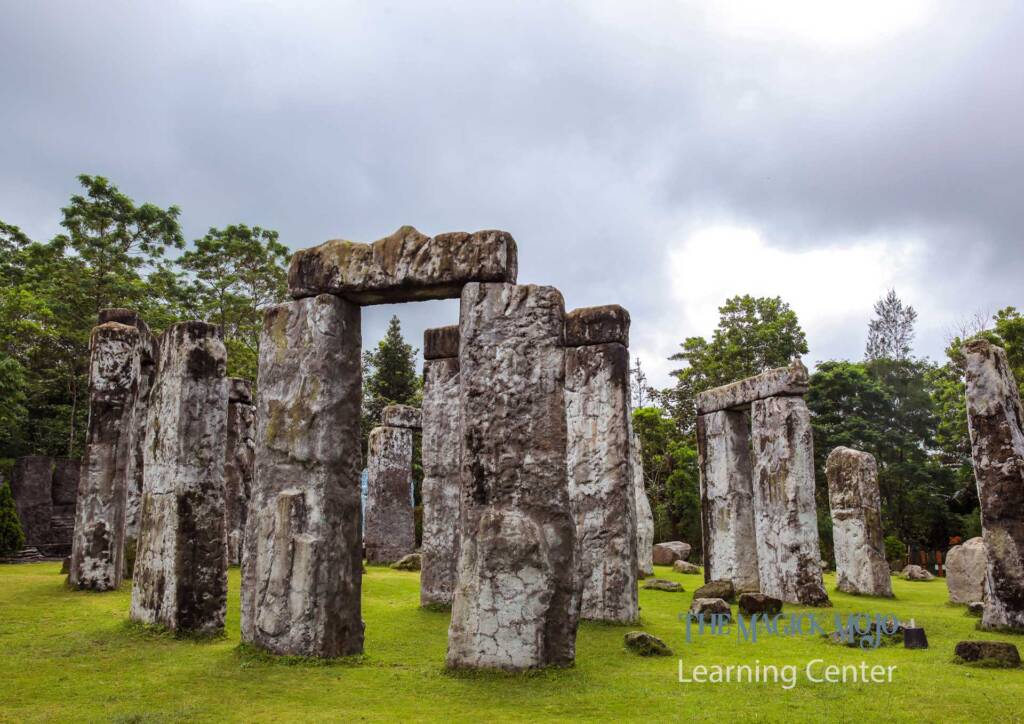
Delving into the rich tapestry of Beltane’s history, we uncover the fascinating origins and evolution of this ancient celebration. As we journey through time, we’ll explore the connections between Beltane and the Gaelic festival of Bealtaine, as well as the ways in which this enchanting festival has been shaped by the shifting beliefs and customs of various cultures.
The Origins of Beltane in Celtic and Pagan Traditions
Beltane has its roots in the ancient Celtic and Pagan traditions, where it was celebrated as one of the four major fire festivals in the Celtic calendar. These festivals, known as the “Gaelic fire festivals,” were celebrated to mark the beginning and end of each season. Beltane, in particular, represented the transition from spring to summer and was believed to be a time of increased fertility and abundance.
The Celts believed that during Beltane, the veil between the physical and spiritual worlds was thinner, allowing for greater communication with the divine. Rituals and ceremonies were performed to honor the deities and nature spirits, seeking their blessings for a prosperous season ahead.
The Connection to the Gaelic Festival of Bealtaine
Beltane is closely related to the Gaelic festival of Bealtaine, which is still celebrated in Ireland and Scotland today. Bealtaine shares many similarities with Beltane, such as the use of fire to purify and protect livestock, crops, and people. The name “Bealtaine” is derived from the Old Irish words “Bel” (meaning “bright” or “lucky”) and “tene” (meaning “fire”), which reflects the festival’s focus on the purifying and protective qualities of fire.
The Bealtaine festival traditionally marked the beginning of the pastoral summer season when livestock were driven to their summer pastures. Celebrations included lighting bonfires, dancing around the Maypole, and the crowning of a May Queen, symbolizing the goddess in her maiden aspect.
The Evolution of Beltane Celebrations Throughout History
Over time, Beltane celebrations have evolved and adapted to suit the changing beliefs and practices of the societies that observed them. With the spread of Christianity, many Pagan festivals, including Beltane, were incorporated into Christian traditions. In some cases, this meant that the original Pagan significance of the celebrations was replaced or altered to fit Christian narratives. For example, the focus on the divine union of the god and goddess was often replaced with a focus on the Virgin Mary or other Christian saints.
Despite these changes, many Beltane customs and traditions have persisted throughout history. Maypoles, bonfires, and the crowning of the May Queen are still popular elements of modern Beltane celebrations, both within Pagan communities and as part of secular May Day festivities. Today, people around the world continue to celebrate Beltane in various forms, honoring the spirit of the festival and the timeless connection between humanity and the natural world.
Dance of Love and Fertility: Celebrating Beltane Traditions
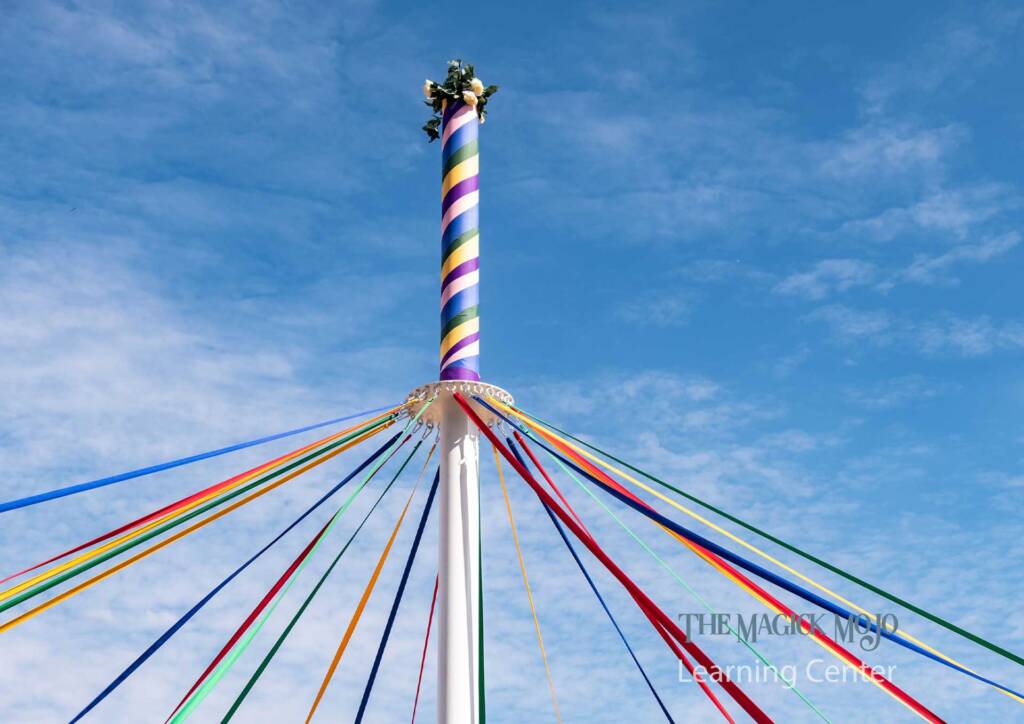
Immerse yourself in the captivating world of Beltane, where love, fertility, and the magic of the season intertwine in a mesmerizing dance of celebration. In this section, we’ll delve into the timeless traditions and rituals that embody the essence of Beltane, exploring the symbolism of the Maypole, the roles of the god and goddess, and the powerful customs surrounding love and attraction. Join us as we weave a spellbinding tale of passion, renewal, and the enchanting allure of this ancient festival.
The Symbolism of the Maypole and Its Connection to Fertility
The Maypole is one of the most iconic symbols of Beltane, embodying the themes of fertility and renewal. It is a tall wooden pole, often adorned with colorful ribbons, flowers, and greenery. The ribbons are held by dancers who weave around the pole in a lively dance, intertwining the ribbons in intricate patterns. This dance is believed to represent the union of the masculine and feminine energies, with the pole symbolizing the male principle and the ribbons symbolizing the female principle.
The Maypole’s connection to fertility is further reinforced by the use of greenery and flowers, which represent the Earth’s abundant fertility during the spring season. As the dancers weave the ribbons around the pole, they are symbolically enacting the interplay of natural forces that bring about growth and renewal in the world around them.
The Role of the God and Goddess in the Beltane Story
In the Beltane story, the god and goddess play significant roles, representing the sacred union of the divine masculine and feminine energies. The god, often depicted as the Green Man or the Horned God, symbolizes the life force, virility, and the wild, untamed aspects of nature. The goddess, on the other hand, embodies fertility, love, and nurturing qualities, often taking the form of the Earth Mother or the Maiden aspect of the Triple Goddess.
During Beltane, the god and goddess come together in a sacred union, which is believed to infuse the Earth with life-giving energy and ensure the fertility of the land. This divine union is celebrated through various rituals, such as the Great Rite, in which the symbolic joining of the god and goddess is enacted by a priest and priestess, or through the use of ritual tools that represent the divine couple.
Traditional Rituals for Love and Attraction During Beltane
Beltane is a potent time for love and attraction, as the energies of the season are believed to promote passion, desire, and connection. There are several traditional rituals and customs associated with love and attraction during Beltane, some of which include:
- Jumping the Balefire: Couples would leap over the Beltane bonfire hand in hand to symbolize their commitment to each other and to receive blessings of fertility and a prosperous relationship.
- Handfasting: Handfasting is an ancient Pagan marriage ceremony in which the hands of the couple are bound together with a cord or ribbon, signifying their union. Beltane was a popular time for handfasting ceremonies, as the energies of the season were believed to bless and strengthen the couple’s bond.
- Love divination: Beltane was a time when young people would perform love divinations to discover the identity of their future spouse or gain insight into their romantic prospects. One such tradition involved young women collecting dew on the morning of May 1st and using it to wash their faces, believing that it would help them see a vision of their future husband.
- Flower and herb magic: The use of flowers and herbs in love spells and rituals is a common Beltane practice. Rose petals, for example, can be used to create a love bath, while herbs such as basil and lavender can be used in sachets or charms to attract love and enhance passion.
- Crafting magic symbols: Another popular Beltane custom is the crafting of floral garlands and wreaths, which are worn or exchanged as tokens of love and affection. These garlands often include flowers with symbolic meanings related to love, such as daisies for innocence, bluebells for constancy, and primroses for youth and new beginnings. In some traditions, couples may also exchange bouquets of flowers or herbs that have been imbued with intentions for their relationship, such as trust, passion, or harmony.
By participating in these time-honored rituals for love and attraction during Beltane, individuals can harness the potent energies of the season to invite more love and connection into their lives. Whether through the symbolic dance around the Maypole, the sacred union of the god and goddess, or the various customs focused on love and relationships, Beltane offers a unique opportunity to celebrate the power of love and its ability to bring people together.
The Fiery Warmth of Spring: Welcoming the Season with Beltane
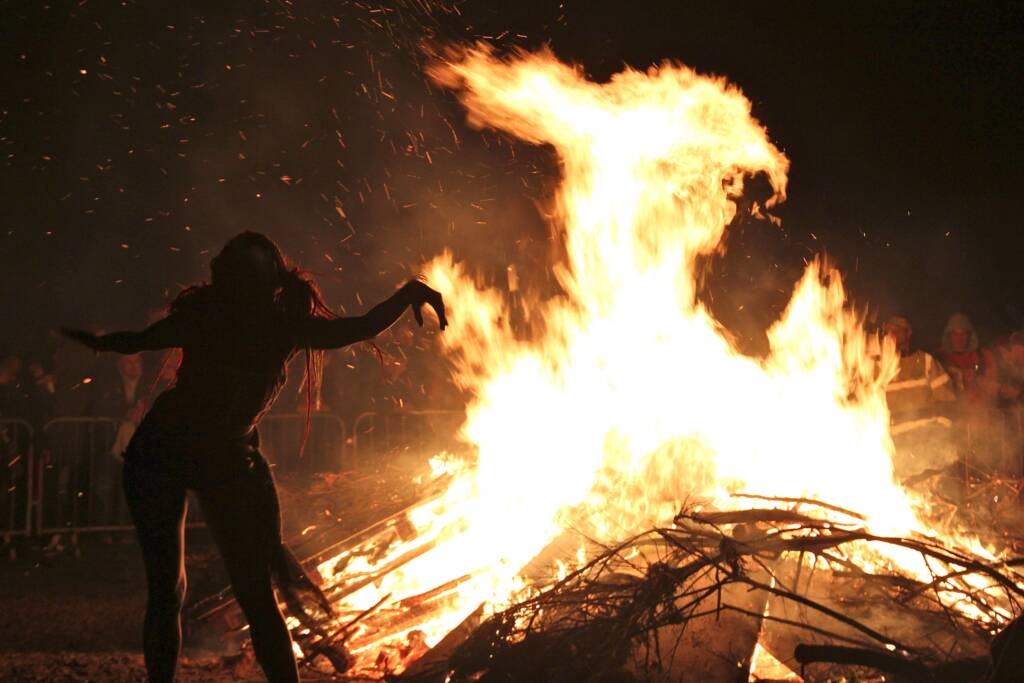
As the world awakens from the slumber of winter, Beltane heralds the arrival of spring and the promise of summer’s warmth. This ancient festival is characterized by the powerful symbolism of fire, which represents not only the sun’s life-giving light and warmth but also the transformative and purifying energies it brings. In this section, we will delve into the significance of fire in Beltane festivities, exploring how it connects us to the natural world and the cycles of the Earth.
From the lighting of the balefire or bonfire to the use of fire in purification rituals, we will uncover the various ways in which fire is woven into the fabric of Beltane celebrations. As we journey through the connections between Beltane and the Earth’s natural cycles and the transition from winter to summer, we will discover the deeper meaning behind these time-honored customs and their relevance to our lives today.
The Significance of Fire in Beltane Festivities
Fire plays a central role in Beltane celebrations, symbolizing the warmth and light of the sun, as well as the life-giving and purifying powers of the element. The most notable fire-related custom during Beltane is the lighting of the balefire or bonfire, which is often the focal point of the festivities. The balefire is seen as a representation of the sun and is believed to invoke its energy to bless and protect the community.
In addition to the bonfire, fire is often incorporated into other Beltane customs, such as the lighting of candles and torches, and the use of fire in purification rituals. For example, people and livestock may be led between two fires as a cleansing and protective measure. The ashes from the Beltane fires are also considered to be imbued with magical properties and are often used in spells, charms, or scattered on fields to bless the crops.
The Connections Between Beltane and the Earth’s Natural Cycles
Beltane is deeply connected to the Earth’s natural cycles, marking the transition from the cold, dormant months of winter to the vibrant, life-filled months of spring and summer. This connection is evident in the themes of fertility, growth, and renewal that pervade Beltane celebrations, as well as the focus on honoring and aligning with the natural world.
The rituals and customs associated with Beltane serve to attune participants to the changing energies of the Earth, helping them to become more aware of the interconnectedness of all life and the importance of living in harmony with nature. By celebrating Beltane, individuals can foster a deeper appreciation for the Earth’s cycles and the vital role they play in sustaining all forms of life.
How Beltane Marks the Transition From Winter to Summer
Beltane is celebrated on May 1st, a date that falls approximately halfway between the spring equinox and the summer solstice. This timing places Beltane at the midpoint of the season, making it a powerful marker of the transition from winter to summer. In the Celtic calendar, Beltane was considered the first day of summer, signifying the end of the dark, cold months and the beginning of a period of warmth, light, and abundance.
The celebration of Beltane provides an opportunity to reflect on the changes that have taken place since the winter solstice and to set intentions for the coming months. Through rituals, customs, and symbolic acts, participants can honor the journey they have taken through the dark half of the year and embrace the warmth, growth, and potential that lies ahead in the light half. By doing so, they can align themselves with the natural rhythms of the Earth and draw upon the powerful energies of the season to manifest their dreams and desires.
Contemporary Connections: Modern Ways to Celebrate Beltane
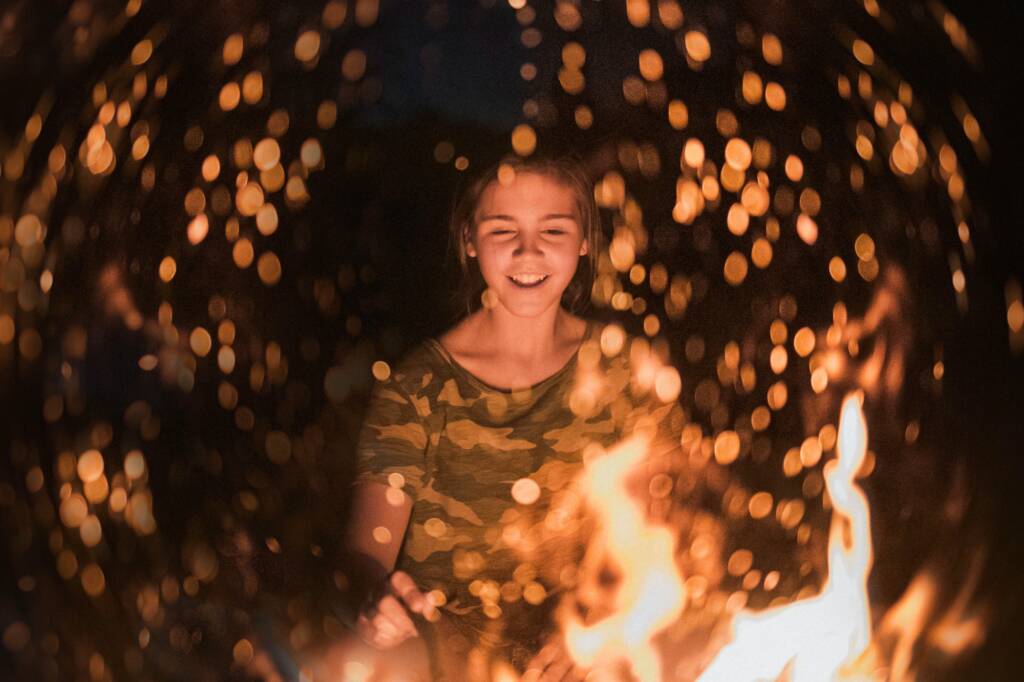
As the wheel of the year turns and we welcome the vibrant energy of spring, contemporary celebrations of Beltane provide an opportunity to connect with ancient wisdom while embracing modern sensibilities. In today’s fast-paced world, the themes of fertility, growth, and renewal still hold great relevance, offering a chance to slow down and attune ourselves to the natural world. In this section, we will explore how modern Beltane celebrations adapt ancient traditions for contemporary society, incorporating new elements and reinterpreting time-honored customs to create meaningful and accessible experiences for people of all spiritual paths and backgrounds.
From incorporating environmental stewardship to adapting personal spiritual practices, we will delve into the various ways in which the spirit of Beltane can be brought to life in today’s world. Additionally, we will discuss family-friendly activities and crafts that can help foster a connection with nature and the Beltane season, creating lasting memories and a deeper appreciation for the magic and beauty of this time of year.
Adapting Ancient Traditions for Contemporary Society
While many of the traditional Beltane customs have their roots in ancient Pagan and Celtic practices, modern Beltane celebrations have adapted these traditions to suit contemporary society. This includes incorporating new elements that reflect modern values and beliefs, as well as reinterpreting ancient rituals to make them more accessible and relevant to people today. For example, the Maypole dance, once a fertility rite, can now be seen as a joyful celebration of community and unity, bringing people together regardless of their spiritual beliefs.
Another way modern Beltane celebrations have adapted ancient traditions is by emphasizing the importance of environmental stewardship and ecological awareness. Many contemporary Beltane rituals and customs focus on honoring the Earth, promoting sustainability, and encouraging a deeper connection with the natural world.
Incorporating Beltane Themes Into Personal Spiritual Practices
For those looking to incorporate Beltane themes into their personal spiritual practices, there are numerous ways to do so. One approach is to create a Beltane altar, decorated with symbols of the season, such as flowers, greenery, and candles in springtime colors. This altar can serve as a focal point for meditation, reflection, and intention-setting during the Beltane season.
Another way to incorporate Beltane themes is through the practice of seasonal rituals, which can help individuals attune to the energies of the season and draw upon them for personal growth and transformation. These rituals might include meditation, visualization, journaling, or spellwork focused on themes of fertility, love, abundance, and renewal.
Family-Friendly Beltane Activities and Crafts
Beltane is a wonderful time to engage in family-friendly activities and crafts that celebrate the season and foster a connection with the natural world. Some ideas for family-friendly Beltane activities include:
- Maypole dance: Set up a Maypole in your backyard or at a local park and teach your children the traditional dance, encouraging them to weave the ribbons around the pole in a celebration of unity and togetherness.
- Nature walk: Go for a walk in nature, collecting flowers, leaves, and other natural items to create seasonal crafts, such as flower crowns, wreaths, or nature-inspired art.
- Plant a garden: Use Beltane as an opportunity to plant a garden with your family, teaching your children about the cycles of nature and the importance of nurturing and caring for the Earth.
- Fairy houses: Encourage your children to use their imaginations and create small “fairy houses” from natural materials, such as twigs, leaves, and stones. This activity can help foster a sense of wonder and appreciation for the magic and beauty of the natural world.
- Beltane storytelling: Share stories, myths, and legends associated with Beltane and the coming of summer, instilling a sense of reverence and excitement for the season in your children.
By engaging in these family-friendly activities and crafts, you can create lasting memories and meaningful connections with your loved ones, while also introducing them to the rich traditions and symbolism of Beltane.
Reflecting on Beltane: A Journey of Growth and Renewal
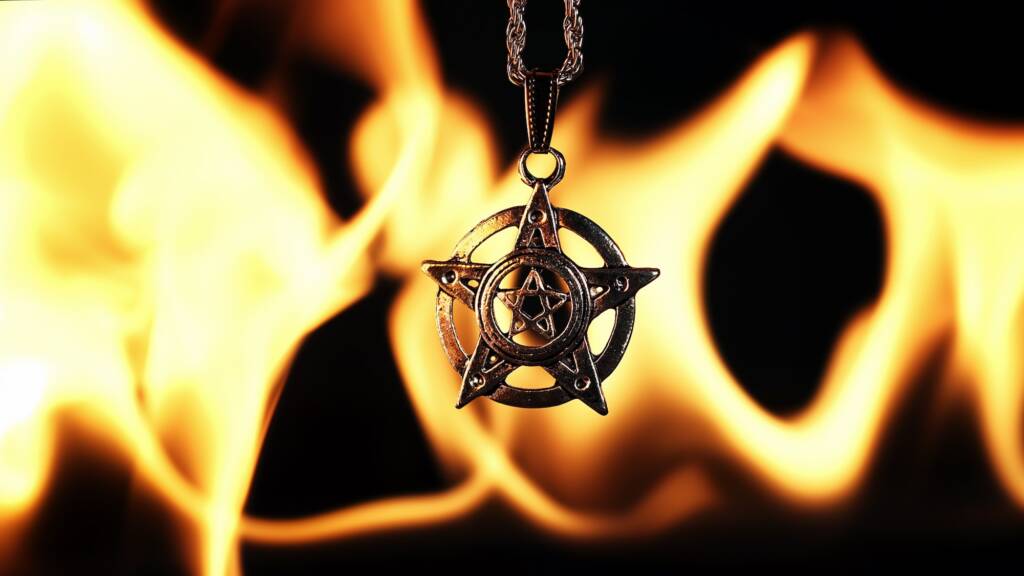
As we journey through the year and arrive at the vibrant and transformative season of Beltane, we are invited to reflect upon the profound themes of growth and renewal that this ancient festival embodies. From the blossoming of nature to the reawakening of our inner selves, Beltane serves as a powerful reminder of the cyclical nature of life and the importance of aligning ourselves with the ever-changing energies of the Earth. In this section, we will explore the various ways in which the celebration of Beltane can inspire personal growth and renewal, fostering a deeper connection with both the natural world and our own innermost selves.
Through a rich tapestry of customs, rituals, and traditions, Beltane offers us the opportunity to embrace the transformative power of love, fertility, and warmth, inviting these energies into our lives as we embark on a journey of growth, healing, and self-discovery.
Embracing the Spirit of Beltane to Foster Growth and Renewal
As we celebrate Beltane, we embrace the spirit of growth and renewal that the season represents. By participating in the customs and rituals associated with this festival, we can align ourselves with the life-giving energies of the Earth, fostering personal and collective transformation. Whether through the dance around the Maypole, the lighting of the bonfire, or the symbolic union of the god and goddess, Beltane offers us an opportunity to connect with the potent forces of nature and harness them for our own growth, healing, and renewal.
The Importance of Connecting With Nature and the Changing Seasons
Beltane reminds us of the importance of connecting with nature and the changing seasons. By attuning ourselves to the cycles of the Earth, we can develop a deeper appreciation for the interconnectedness of all life and the delicate balance that sustains it. Beltane celebrations encourage us to honor the Earth and its abundant gifts, while also recognizing our responsibility to care for and protect the planet for future generations. Through our Beltane rituals and customs, we can cultivate a stronger bond with the natural world, fostering a sense of reverence, gratitude, and stewardship that extends beyond the festival itself.
Inviting Love, Fertility, and Warmth Into Our Lives Through Beltane Celebrations
As we celebrate Beltane, we invite love, fertility, and warmth into our lives, both literally and metaphorically. The themes of fertility, love, and the union of opposites that permeate Beltane celebrations serve as powerful reminders of the transformative power of love and connection in all its forms. By engaging in the rituals, customs, and activities associated with Beltane, we can open our hearts to love, invite abundance and growth into our lives, and embrace the warmth and light of the coming season. In doing so, we not only honor the ancient traditions that have shaped our understanding of Beltane but also create space for new beginnings, personal growth, and the flourishing of our dreams and desires.
Further Explorations: A Guide to Beltane Resources
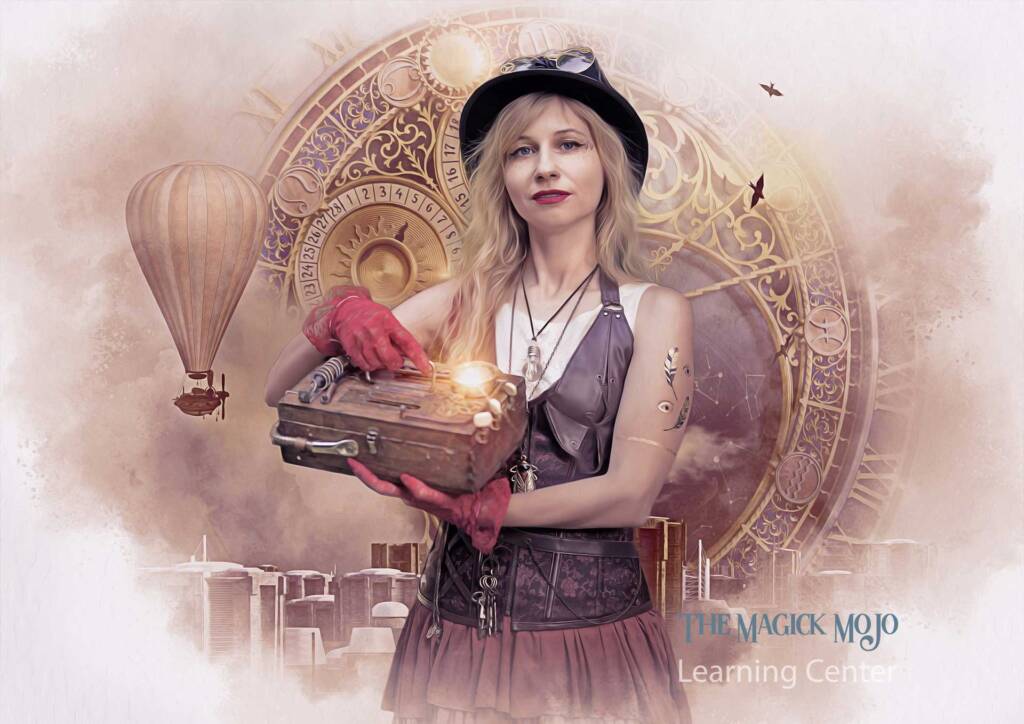
As we delve deeper into the rich traditions and symbolism of Beltane, it’s natural to feel inspired to learn more and expand our understanding of this ancient celebration. To support you on your journey of discovery, we’ve curated a collection of additional resources that offer valuable insights, ideas, and inspiration for incorporating the spirit of Beltane into your own life and practices. From books and websites to documentaries and podcasts, these resources provide a wealth of knowledge and perspectives on Beltane and related customs, ensuring that you’re well-equipped to embrace the magic and beauty of this enchanting festival.
Books on Beltane and Related Traditions
- “Beltane: Springtime Rituals, Lore, and Celebration” by Raven Grimassi This comprehensive guide delves into the history, customs, and folklore of Beltane, offering readers an in-depth look at the celebration. The book includes practical information on rituals, recipes, and crafts, allowing readers to incorporate Beltane traditions into their own lives.
- “The Pagan Book of Days: A Guide to the Festivals, Traditions, and Sacred Days of the Year” by Nigel Pennick This informative resource explores the rich tapestry of Pagan celebrations throughout the year. In addition to Beltane, the book covers various festivals, traditions, and sacred days, providing a comprehensive guide to understanding and observing these important events.
- “The Wheel of the Year: Living the Magical Life” by Pauline Campanelli This book serves as a practical guide to living in harmony with the natural world, focusing on the eight Pagan sabbats, including Beltane. Readers will find inspiration and ideas for rituals, crafts, and meditations, as well as ways to incorporate the magical energies of each sabbat into daily life.
Websites and Online Resources
- The Sacrade Sabbaths: The Sacred Sabbats section of our website, where we explore the rich tapestry of ancient traditions and spiritual significance associated with the eight Sabbats of the Wheel of the Year. As we approach Beltane, one of the most joyful and vibrant Sabbats, we delve into the customs, rituals, and symbolism that mark the beginning of the warmer months.
- The Witch’s Sabbats – Beltane: This website offers a wealth of information on the history, rituals, and symbolism of Beltane, as well as other Pagan sabbats. Explore articles, images, and suggested activities to deepen your understanding and enjoyment of Beltane.
- Beltane Fire Society: The Beltane Fire Society is dedicated to promoting and preserving the Celtic fire festival of Beltane. Their website features information about the history, traditions, and modern celebrations of the festival, as well as details about their annual Beltane Fire Festival event in Edinburgh, Scotland.
- Patheos Pagan: Beltane: Patheos Pagan offers a variety of articles and perspectives on Beltane from different Pagan authors and practitioners. Discover insightful essays, rituals, and personal reflections on this vibrant celebration of fertility, love, and warmth.
Videos and Documentaries
- “Two Easy Witchy Things I Do For Beltane” (YouTube) Are you short on time or energy but still want to celebrate Beltane or May Day? Check out these two simple yet meaningful ways to honor the occasion without requiring extensive preparations or elaborate celebrations.
- “All About Beltane & How to Celebrate” (YouTube) Discover Scarlet’s Pagan Happy Hour series, featuring live streams every Friday that delves into a variety of engaging pagan topics. Tune in for enlightening discussions and connect with like-minded individuals in the community.
Podcasts and Audio Resources
- “The Witch Wave: Episode #22 – Beltane and the Magic of May” (https://www.witchwavepodcast.com/) In this episode, the host delves into the magic and symbolism of Beltane and May Day, discussing the significance of the season in various cultural and spiritual traditions. The episode also features interviews with practitioners who share their personal experiences and insights on celebrating Beltane.
Photo Credits:
- By Nyri0 – Own work, CC BY-SA 4.0, https://commons.wikimedia.org/w/index.php?curid=81651179
JOIN OUR COVEN
Share the Magick
As you dance your way through the magic and enchantment of Beltane, don’t forget to spread the warmth of this captivating festival by liking, sharing, and commenting on this blog post! We’d love to hear about your own Beltane experiences, traditions, and creative ideas for celebrating the season. So, ignite the balefire of conversation, and let’s revel in the beauty of Beltane together, weaving a tapestry of connection, love, and growth with every shared story and insight. Your participation is the spark that keeps our community thriving, so join the festivities and let your voice be heard!
